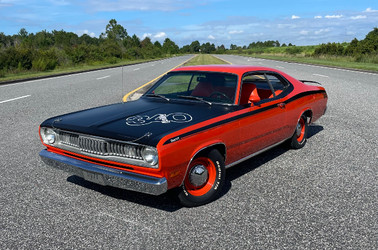The Transformation of Ryan's 1971 Plymouth Duster
Posted by Jack Shaw on May 15th 2024
The beauty of a classic isn’t just about its pristine condition but the journey it takes to get there. Ryan’s story with his 1971 Plymouth Duster 340 is one that speaks to all of us!
Bringing a 1971 Duster Back to Life
Picture this — it’s the mid-90s in northern Indiana. Nearly 30 years ago, a young Ryan visited his friend's uncle's junkyard in Northern Indiana. Among the line-up of vintage beauties, the bright, bold colors of Mopar cars caught his attention.
It’s a memory he wouldn’t forget.
Fast forward to 2006. After years of searching, Ryan got wind of a 1971 Plymouth Duster 340 just 20 minutes from his home. With cash in hand, he made his move. The car was a diamond in the rough, still boasting its original paint and unique features.
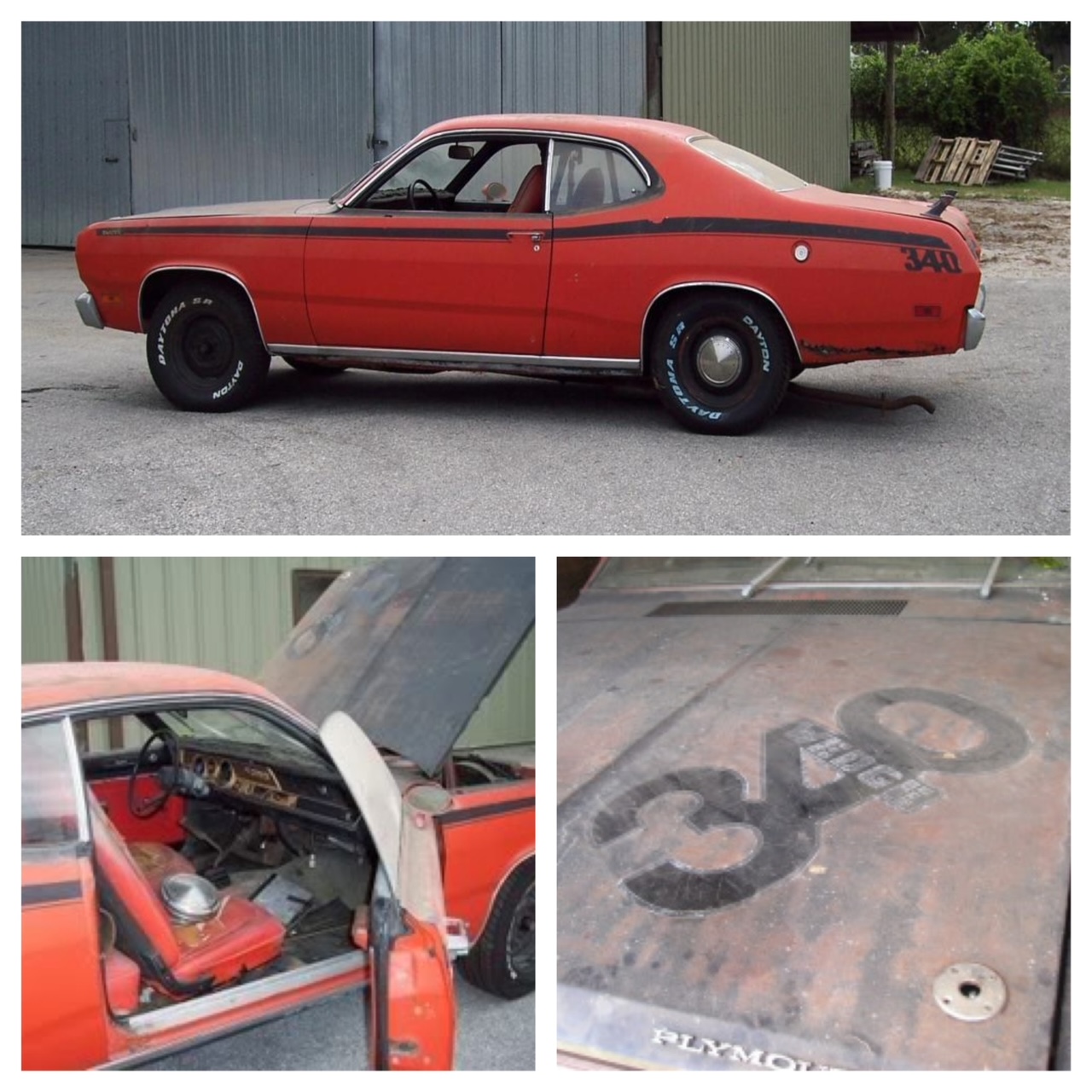
Ryan quickly spotted its distinct features: the J81-spoiler, C55-bucket seats with an orange interior, J45-hood pins, V24-hood callout, and an unusual D13-3speed manual transmission. With his father's vote of confidence, Ryan sealed the deal.
The Plymouth Duster gets its name partly due to its performance.
Its horsepower ranges from 235-275 and you get up to 340 lbs of torque.
Like other model years, the 1971 Plymouth Duster 340 is a two-door coupe with rear-wheel drive.
Your gearbox is a three-speed manual, which you don’t see much of anymore.
American manufacturers phased out this transmission starting around 1996.
The 1971 Duster also offers a four-speed manual and an automatic transmission.
Restoring Ryan’s 1971 Duster
The challenge? Restoration. With no personal garage, Ryan rented space and embarked on a detailed restoration journey with his dad — dedicating three years to this labor of love.
After restoring this classic, Ryan didn't stop there.
He connected with the original owner's family, unearthing tales from the Duster's lively past ± from stories of mischievous donuts in a gravel parking lot to memories of side pipes in the '70s. The Duster, once stagnant, now thrives thanks to Ryan's dedication.
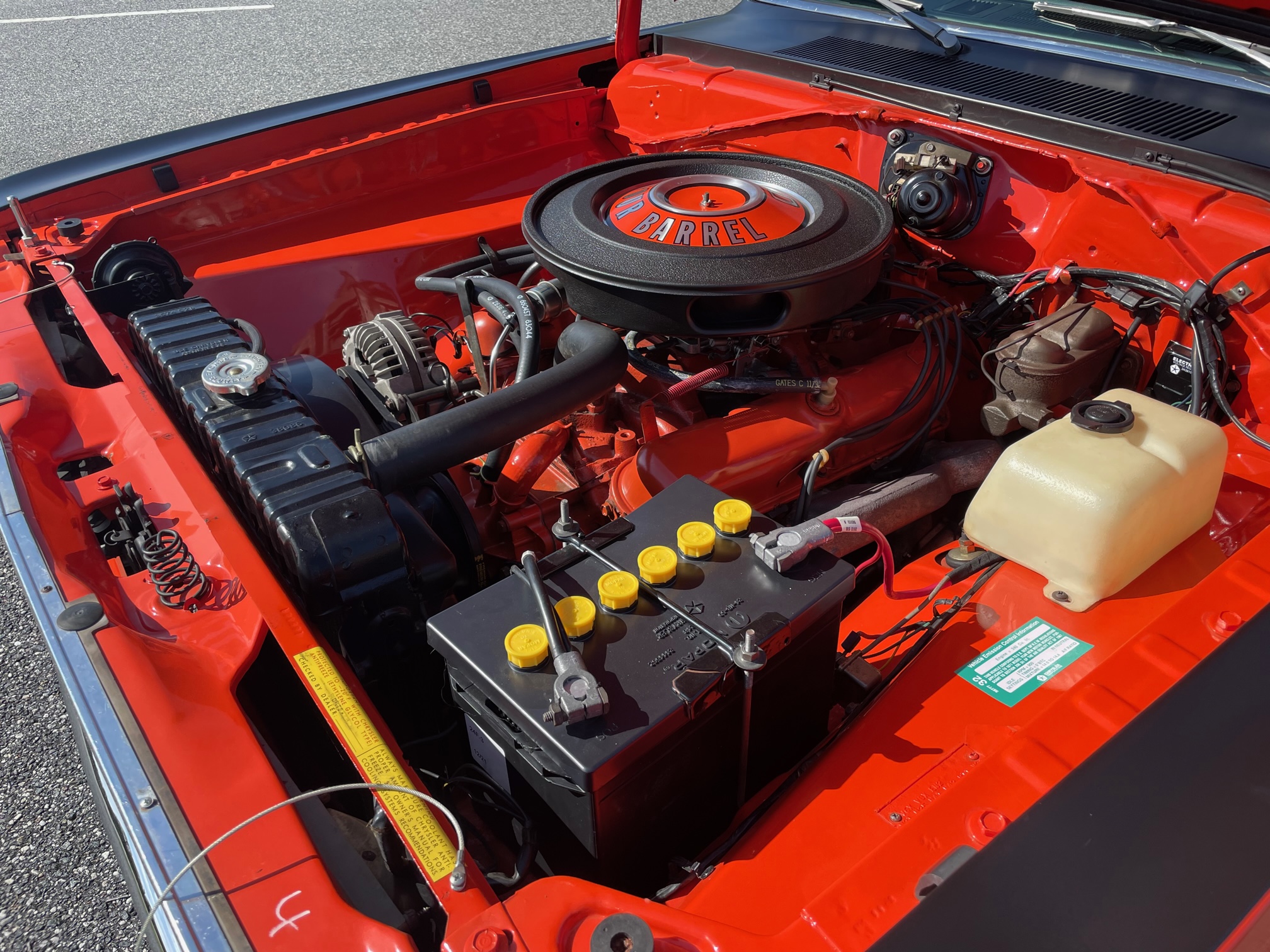
Transforming Your 1971 Plymouth Duster
Are you interested in a 1971 Plymouth Duster 340?
If you can get your hands on this two-door coup, it’s worth the time and effort. Restoring a Plymouth Duster means you’ll need vehicle-specific parts to ensure it runs smoothly.
For instance, your classic car could use an ABS panel kit when refurbishing.
Fortunately, some parts will fit your 1971 Plymouth Duster 340 and other classic cars.
Find the parts you need for restoration and grab the proper tools. Some essentials include sockets, wrenches, a power drill, an air compressor and screwdrivers.
If you buy a Duster from a collector, it will likely be in good condition. However, some machines may need tender loving and care.
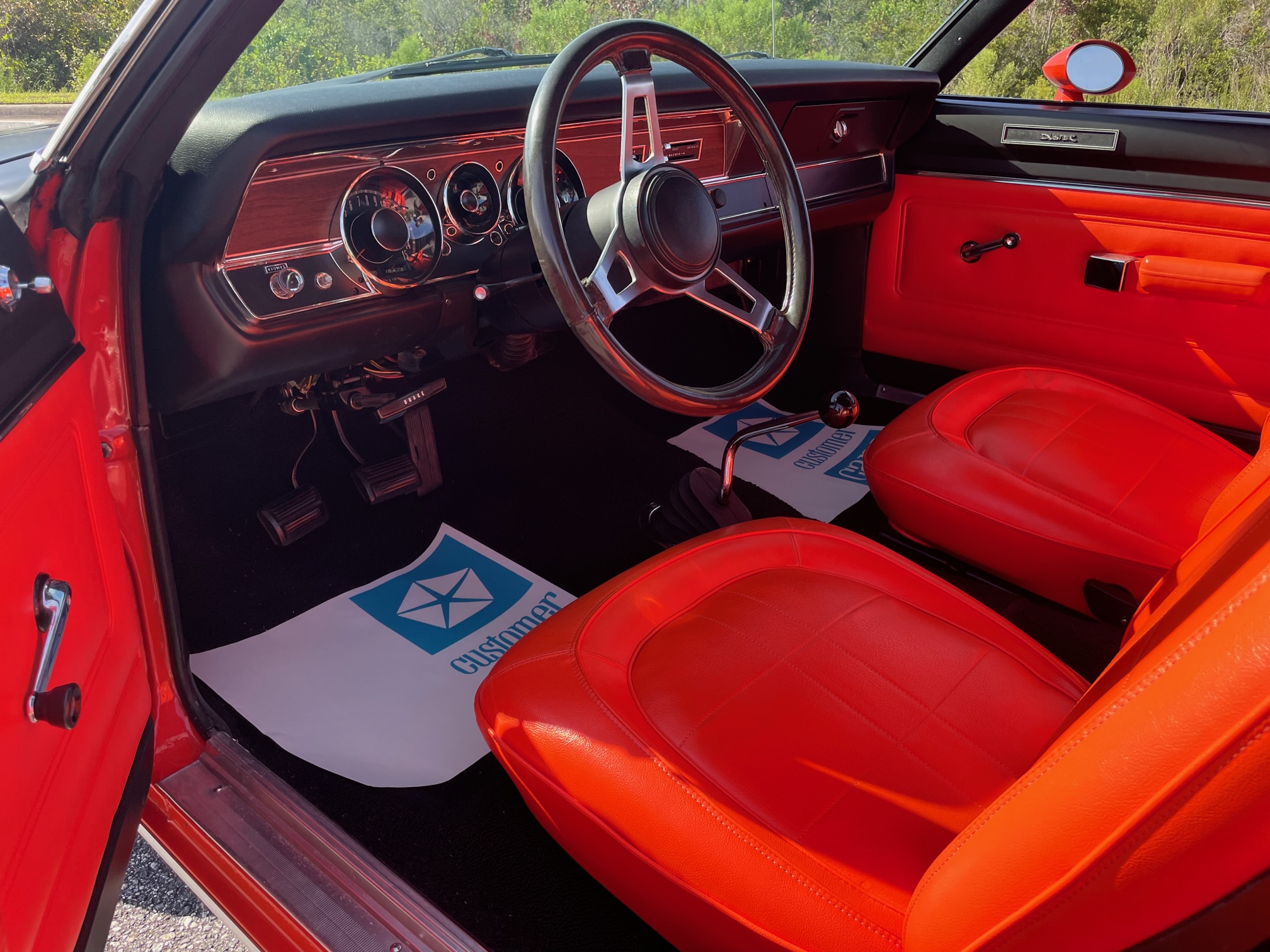
Prepare to revamp the interior with your new seats and sound systems to make it look better.
Restoring a 1971 Duster requires a cash investment but could lead to decent returns on the collector’s market.
A 1971 Plymouth Duster 340 sold for nearly $160,000 at a Kissimmee, Florida, event.
Otherwise, the Duster is an affordable car for collectors.
The average price is between $15,000 and $27,000, depending on the seller and the work they’ve done.
1970s Nostalgia
The Plymouth Duster only had seven model years but is memorable for the car collector community. Chrysler positioned the Plymouth Duster to challenge the Chevrolet Nova and Ford Maverick’s success into the 1970s.You may recognize the Duster as a continuation of the Valiant models.
Plymouth converted the Valiant into a performance car and created two-door coupes called the Duster.
You could get 1970s Dusters in various trims, including Ryan’s Duster 340. Plymouth also produced a Duster 360, Silver Duster, Space Duster, Feather Duster, Duster Twister and Gold Duster in the seven model years.
Why was the Plymouth Duster a popular car back in the day? The car was more affordable than its competitors and gave owners reliability.
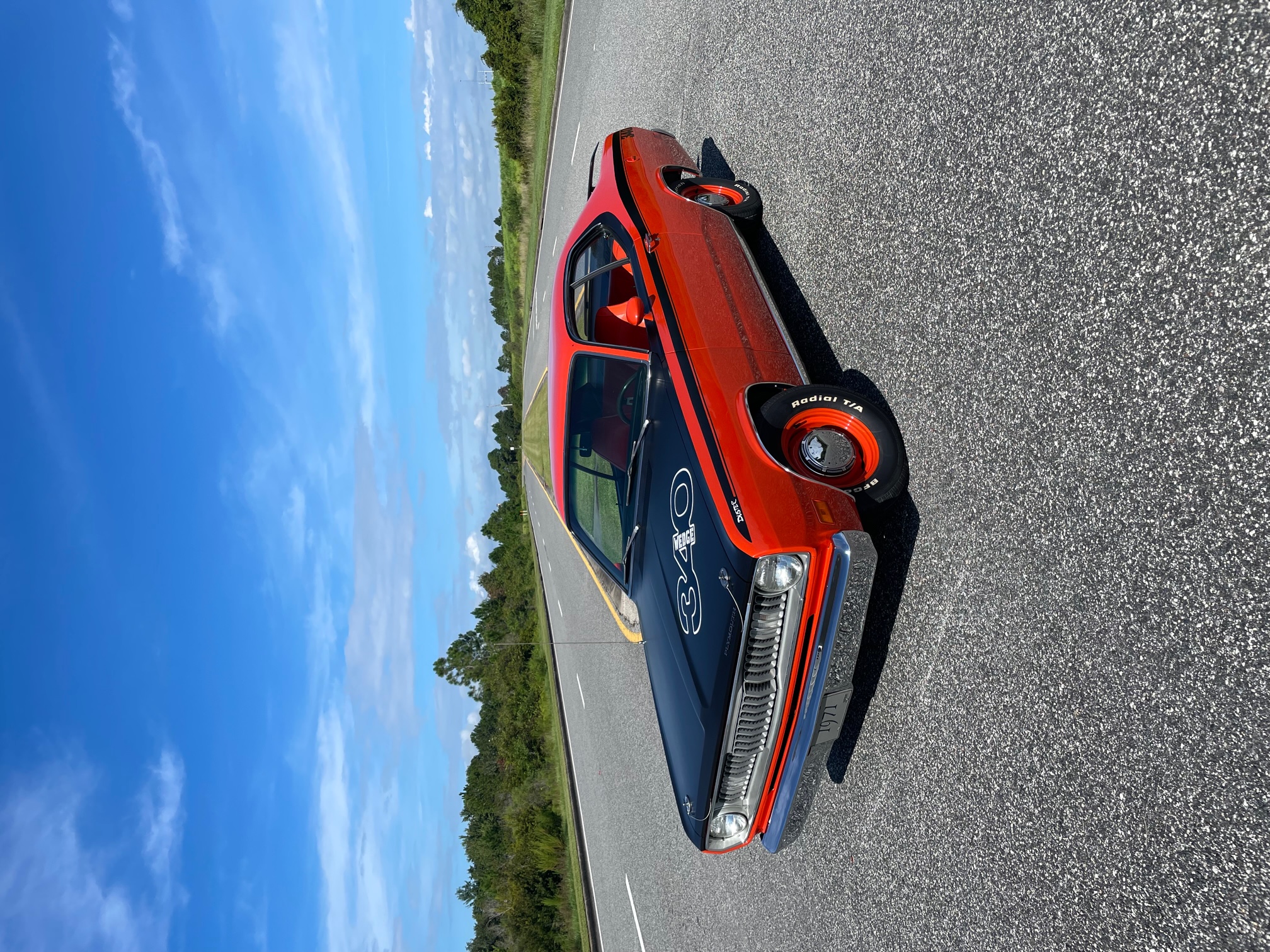
The 1971 Duster and its companion models straddled the line between a muscle car and a family car. Plymouth marketed the machine toward families by making it handle well and easy to use on city streets.
While it had to compete with the Ford Mustang, the Duster held its own with powerful V8 engine trims. You can call it an underdog, but the machine shines against its competition.
The mid-to-late 1970s saw Plymouth wind down Duster production in favor of other vehicles. Manufacturers made room for the Dodge Aspen and Plymouth Volare by discontinuing the Duster and the Dodge Dart.
Supporting the Collector Community
For many, restoring a classic isn't merely a hobby. It's about reviving tales, bridging generational gaps, and saluting the history of automotive excellence. Each car tells a story, and enthusiasts like Ryan ensure these narratives thrive.
Got a restoration story of your own? We're all ears. Reply back and share your journey with us. We can't wait to hear!
Here’s to more grease, gears, and garage memories.


